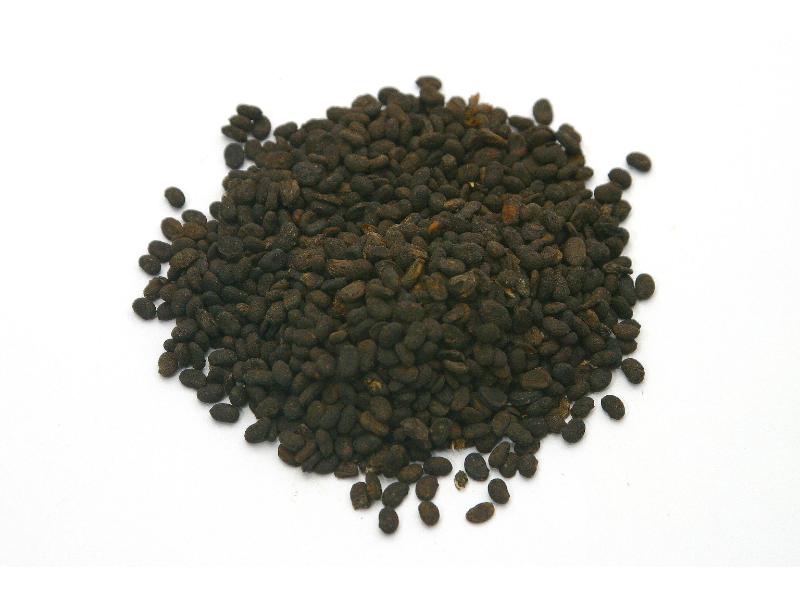Search in medicinals
Psoraleae Fructus
Psoralea [fruit]
补骨脂 〔補骨脂〕 bǔ gǔ zhī

Alternate English names: scurfy pea [fruit]
Alternate Chinese names: 故纸 gù zhǐ; 破固脂 pò gù zhī; 破骨纸 pò gǔ zhǐ; 破故纸 pò gù zhǐ.
Kingdom: Plant
Origin in PRC Pharmacopoeia: Psoralea corylifolia L. (PRC Pharmacopoeia)
Origin in unofficial sources: Psoralea corylifolia L.
Use: Medicinal and alimentary
Category: Supplementing agents / Yáng-supplementing agents
Properties: Acrid, sweet; warm.
Channel entry: Spleen and kidney channels.
Actions and indications:
- Supplements the kidney and assists yáng, secures essence and reduces urination: Kidney yáng vacuity with cold pain in the lumbar and knees, impotence, urinary incontinence, enuresis, and seminal emission.
- Warms the spleen and checks diarrhea: Spleen-kidney yáng vacuity diarrhea.
- Promotes qì absorption and calms panting: Vacuity panting due to qì absorption failure.
- Additional uses: Bǔ gǔ zhī is used for vitiligo when applied topically.
- Ground bǔ gǔ zhī is steeped in 20–30% alcohol for topical application in this use.
Dosage and method: Oral: 6–15g in decoctions, pills, or powders. It may also be applied topically.
Warnings: Bǔ gǔ zhī is warm and dry; it can potentially damage yīn and foster fire. It is Unsuitable for patients with yīn vacuity with effulgent fire or with constipation.
Product description: This seed is elliptical or kidney-shaped, 3–5 mm long, 2–4 mm in diameter, and about 1.5 mm thick, with a depression in the center. The exterior surface is blackish brown and bears fine reticular wrinkles and dense glandular points. A small proportion of fruits have a persistent calyx on the outside. The exocarp is thin, and difficult to separate from the seed coat. Inside are two seeds, each with two cotyledons, which are oily and light brown or yellow. This seed has no smell.
Quality: Large, clean, hard, full, black fruits are the best.
Production area: Sìchuān, Hénán, Shǎnxī (Shaanxi), and ānhuī.
Etymology: 补骨脂 (bǔ gǔ zhī), literally bone-supplementing fat,
hints at the kidney-supplementing action.